Legendary pedal brand Maestro continues its modern day revival with 5 all-new effects pedals
A recreation of the brand's flagship PS-1 Phaser headlines the drop, which offers new boost, compressor and modulation units
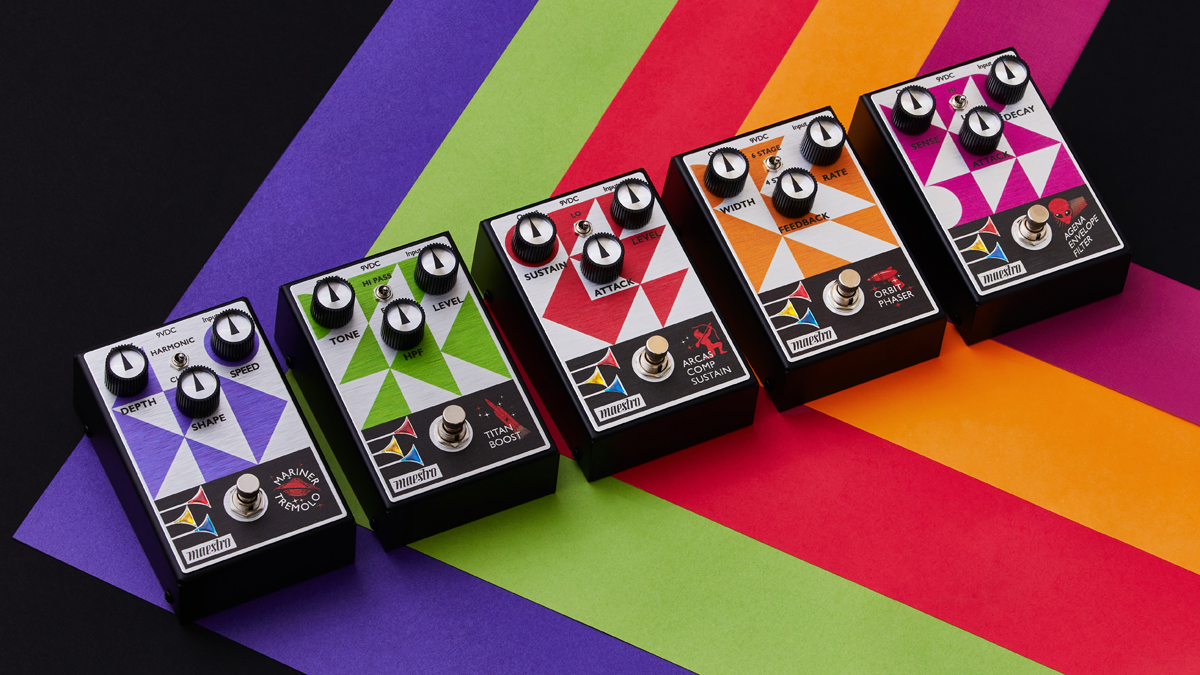
At the start of 2022, Gibson teased the return of Maestro – the iconic pedal brand behind the Fuzz-Tone FZ-1 – before announcing the brand’s official revival with a collection of five all-new stompboxes.
Headlined by the redesigned Fuzz-Tone FZ-M, the first drop comprised the Ranger Overdrive, Invader Distortion, Discoverer Delay and Comet Chorus.
Now, Maestro has continued its modern-day resurgence by announcing the arrival of five more effects pedals.
Naturally, these cover the sonic grounds that were left unturned by the initial drop, with Maestro’s tonal palette expanding by way of the Arcas Compressor Sustainer and Titan Boost.
These are joined by a handful of fresh modulation pedals, including the Orbit Phaser, Agena Envelope Filter and Mariner Tremolo.
Just like the initial collection, the newest Maestro pedals have been “ designed and styled for musicians looking to create a unique sound”, and seek to pay tribute to their iconic forebears while simultaneously introducing “modern features, expanded versatility, and advanced tone-tweaking capabilities”.
Read on for a full breakdown of the latest Maestro pedals.
Get The Pick Newsletter
All the latest guitar news, interviews, lessons, reviews, deals and more, direct to your inbox!
Maestro Orbit Phaser


Headlining the drop is the Orbit Phaser, which descends from the Maestro PS-1 – one of the first phaser pedals ever produced in the ‘70s. Re-engineered and tailored to the demands of today’s players, the Orbit offers four or six-stage phasing – harnessed via the toggle switch – and can be tweaked by the Width, Feedback and Rate knobs.
As far as phasers go, it’s all fairly self-explanatory – Width dials in the intensity of the phaser, Feedback emphasizes the amount of vocal phase and Rate adjusts the speed of the phasing effect.
The Orbit Phaser is available now for $149.
Maestro Arcas Compressor Sustainer
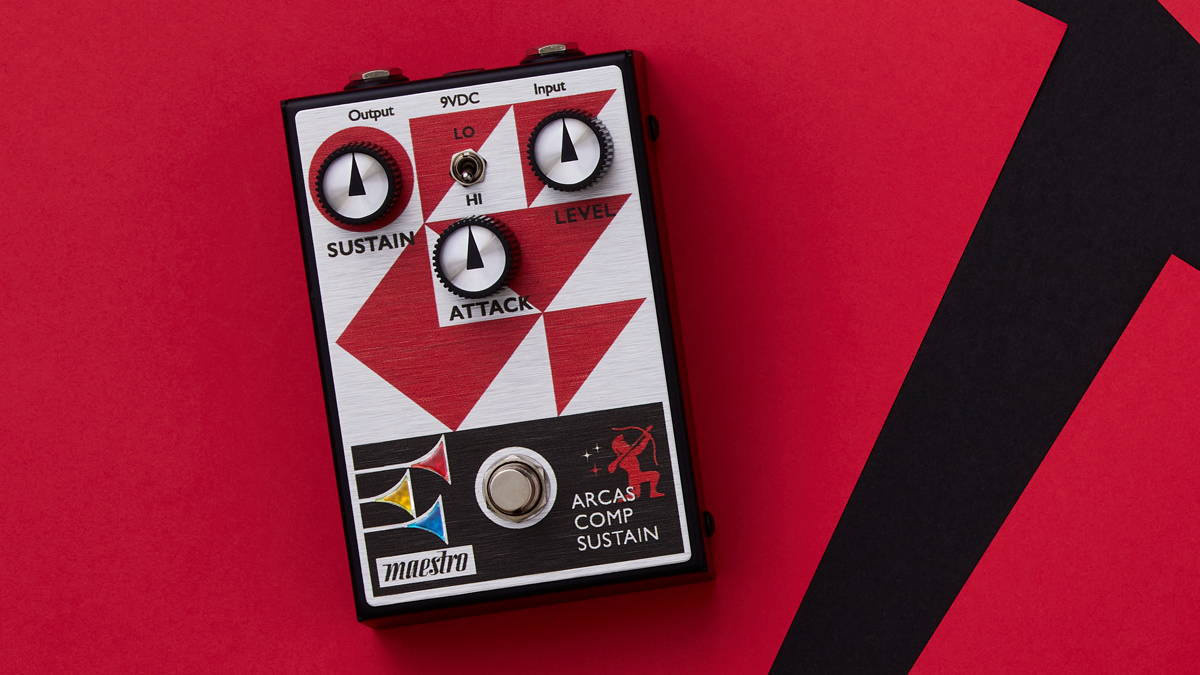
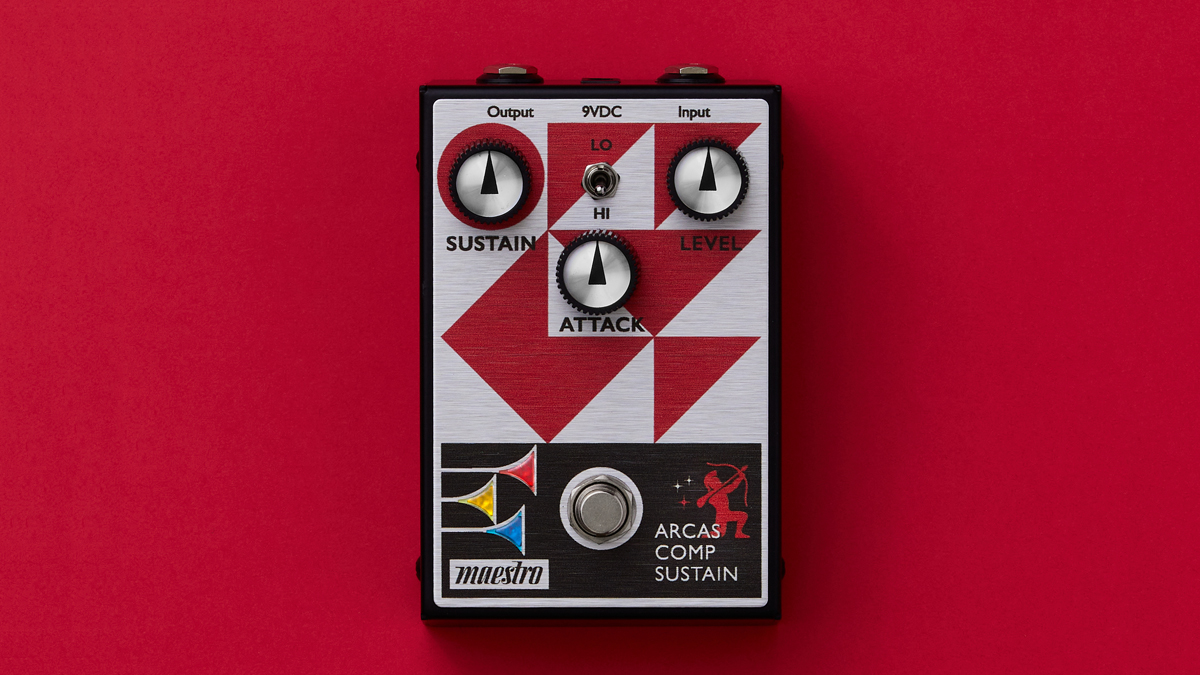
Next up is the Arcas Compressor Sustainer – a versatile compressor pedal that aims to provide both transparent, light compression and heavy, tight compression by way of its humble control layout.
The all-analog pedal features a Mode toggle switch that flicks between LO and HI options – which decrease and increase pick attack sensitivity, respectively – as well as control knobs for Sustain, Attack and Level.
Again, it’s all fairly straightforward for a compressor: Attack dictates how fast the compression engages, Sustain controls how much gain is applied during the compression and Level controls the, well, overall output.
The Arcas Compressor Sustainer is available now for $149.
Maestro Titan Boost
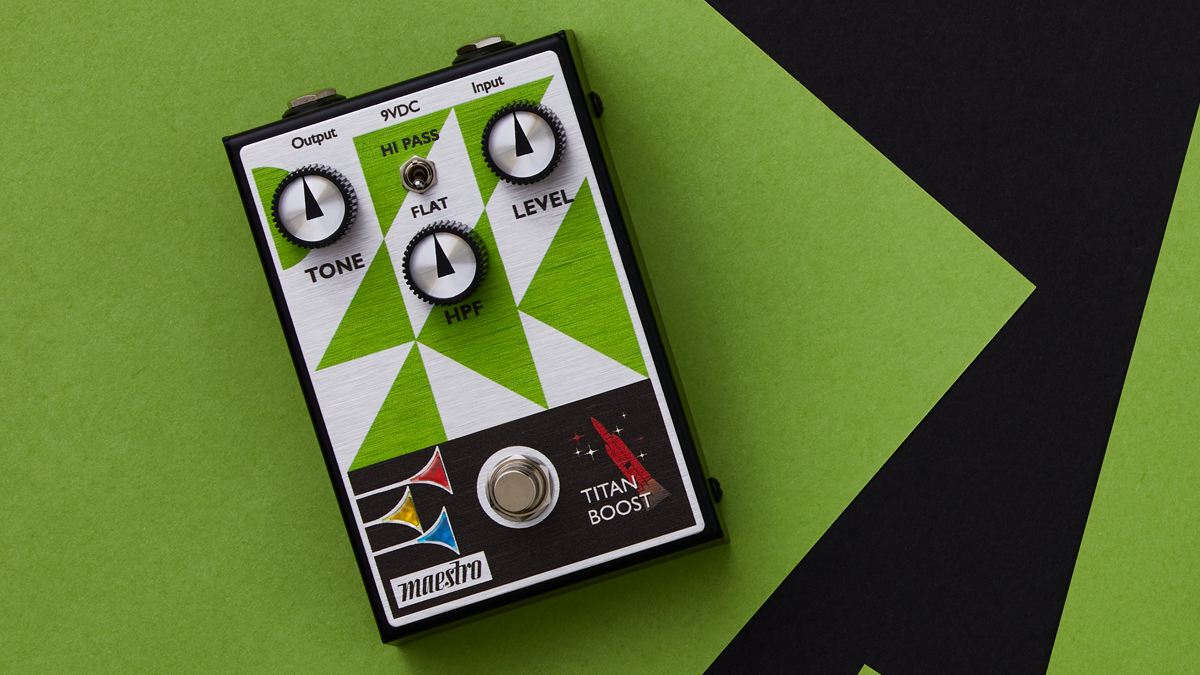
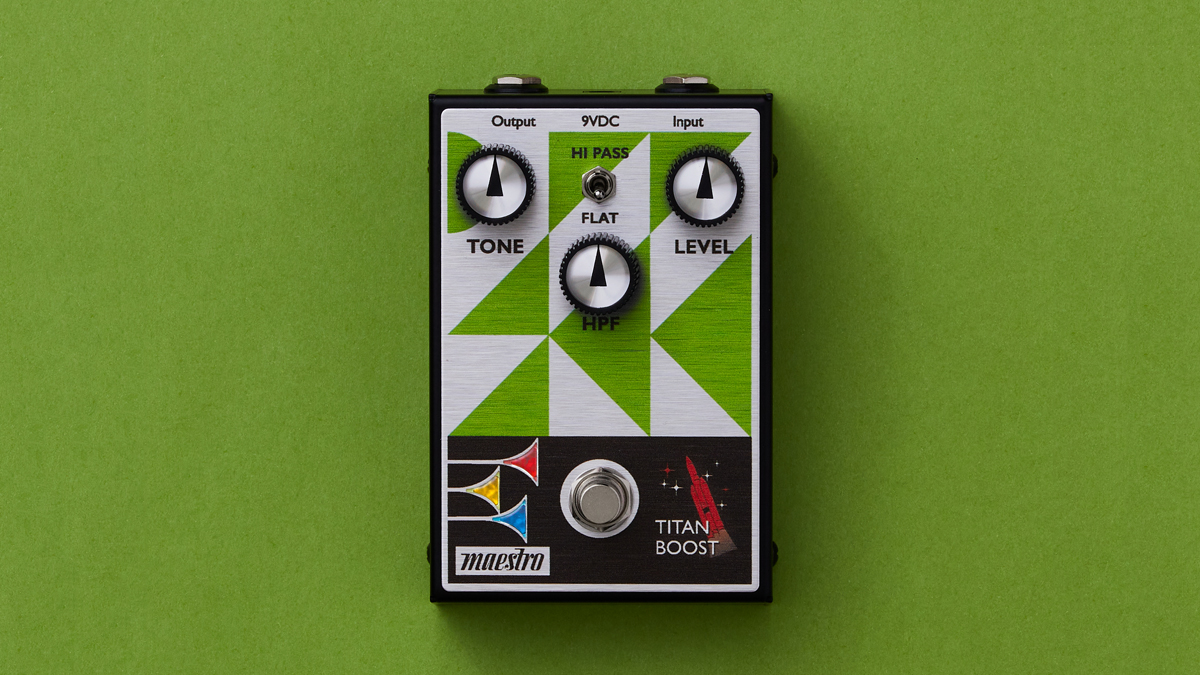
Up next is the Titan Boost, which promises over 25dB of clean boost in an effort to drive tube amps into natural overdrive. Said to be “the ultimate tone-sculpting boost”, the Titan vows to tame low-end muddiness and high-end shrillness.
It attempts to do so via its Hi Pass/Flat toggle switch, as well as its Tone, HPF and Level control knobs. While Tone works as a variable low-pass filter, HPF functions as a variable high-pass filter, with Level adjusting the overall output volume.
The Titan Boost is available now for $159.
Maestro Mariner Tremolo
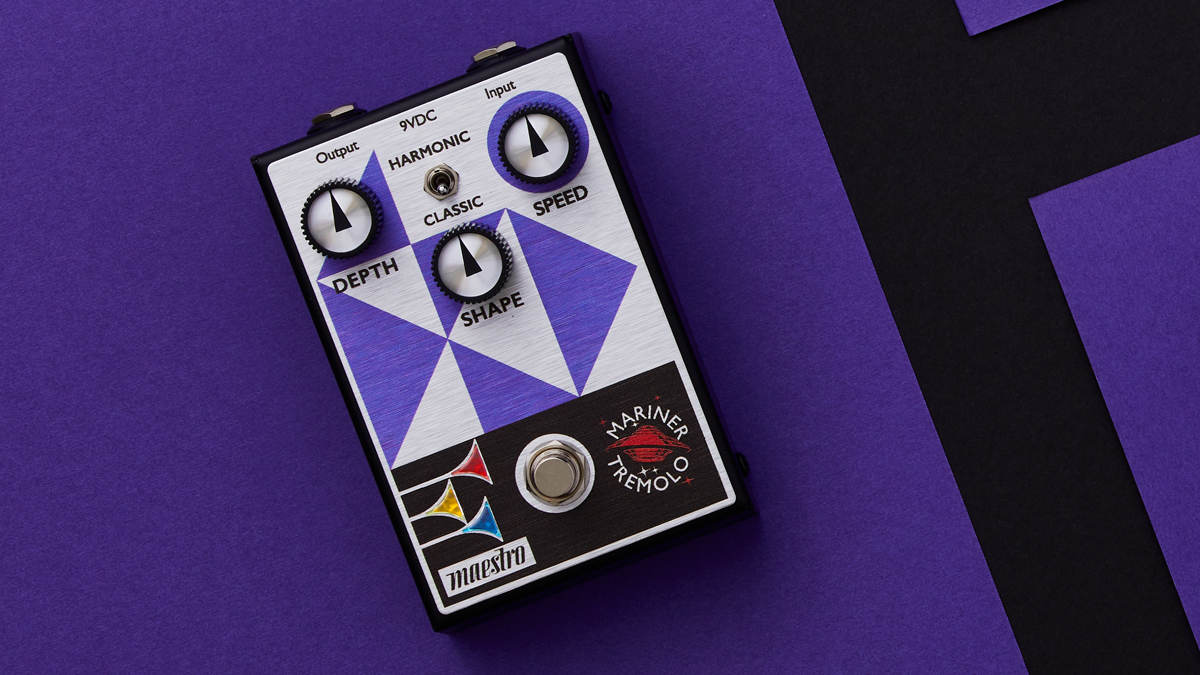
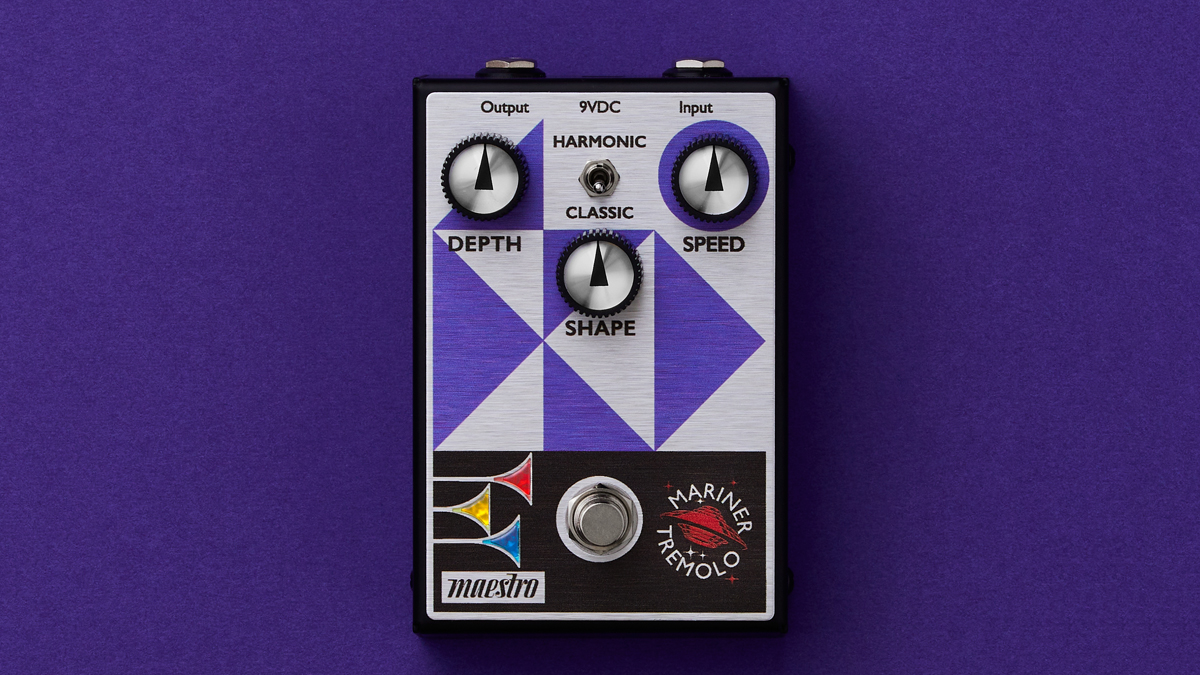
Getting back into modulation territory, the Mariner Tremolo offers two amp-like tremolo tones, effectively operating as a two-in-one unit. The two modes can be accessed via the toggle switch – which flicks between Harmonic and Classic tremolos – and sculpted via the three parameter knobs.
Such parameters take care of Depth, Shape and Speed. While the first two control tremolo intensity and waveform, respectively – from triangle wave to a square wave – the latter adjusts the overall speed of the tremolo effect.
In practice, Harmonic mode promises “timeless textural tones” akin to vintage amplifiers, while Classic is said to be suitable for everything from subtle and smooth modulations all the way to “sharper-edged, biting modulation”.
The Mariner Tremolo is available now for $159.
Maestro Agena Envelope Filter
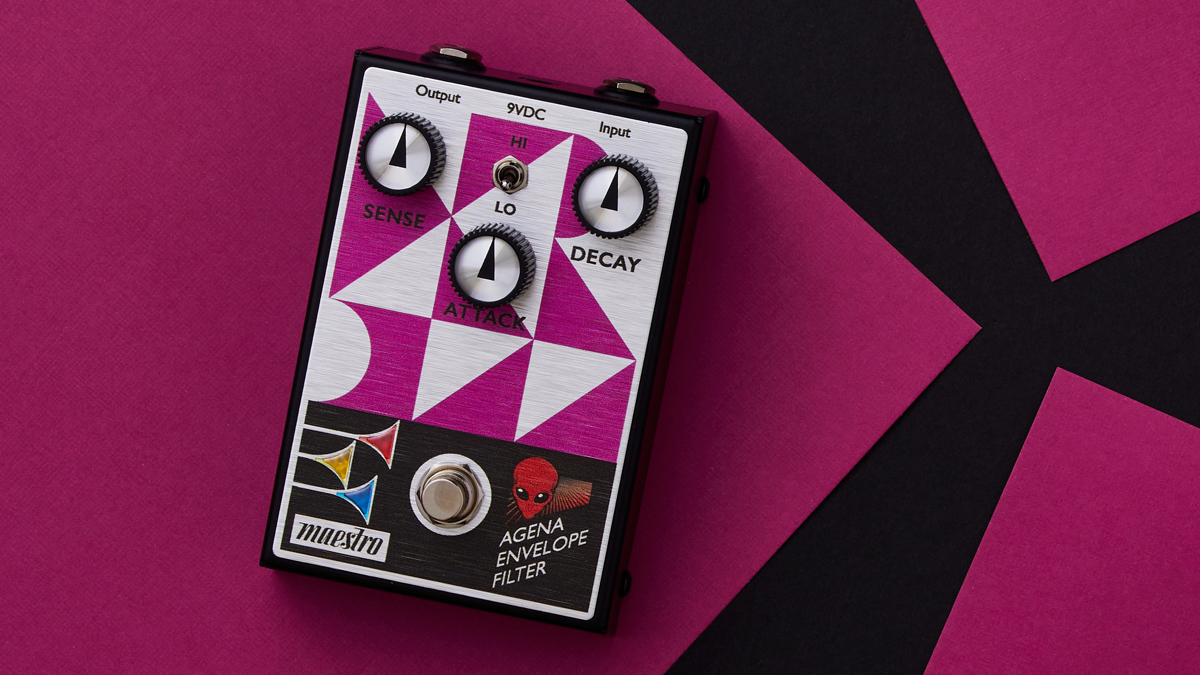
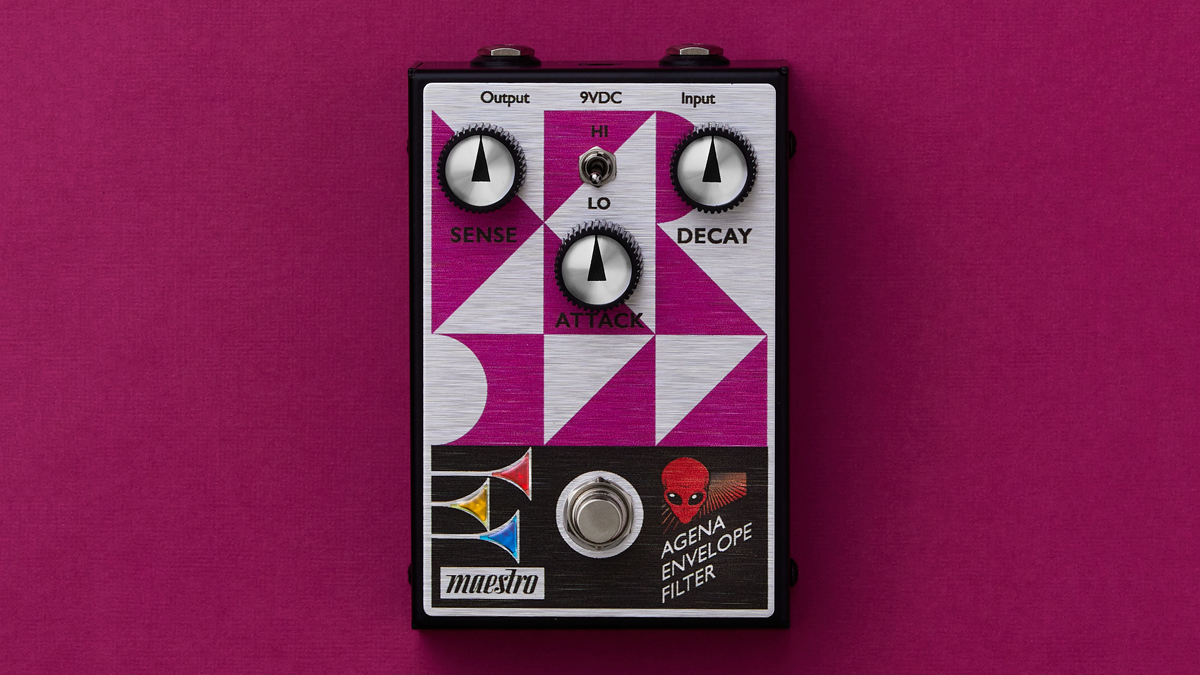
Last but not least is the Agena Envelope Filter – a filter pedal that offers two filter frequency options for expanded tonal options. Accessed via the HI and LO modes of the toggle switch, each option unsurprisingly focuses on high and low ends of the frequency spectrum, and are curated by Sense, Attack and Decay knobs.
In operation, Sense sculpts the envelope sensibility and response to pick attack, while Attack and Decay dictate both how fast the filter increases and how long the filter stays in the open position.
The Agena Envelope Filter is available now for $159.
To explore the whole range, head over to Maestro Electronics.

Matt is the GuitarWorld.com News Editor. He has a Masters in the guitar, a degree in history, and has spent the last 16 years playing everything from blues and jazz to indie and pop. When he’s not combining his passion for writing and music during his day job, Matt records for a number of UK-based bands and songwriters as a session musician.









